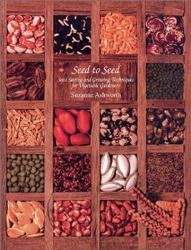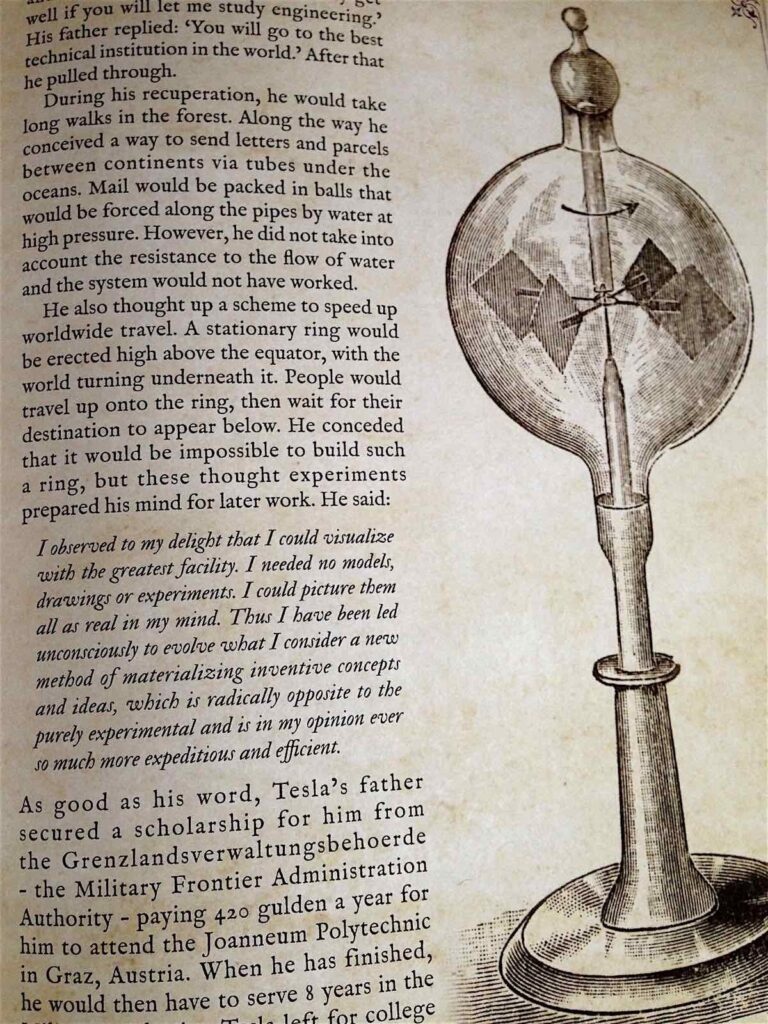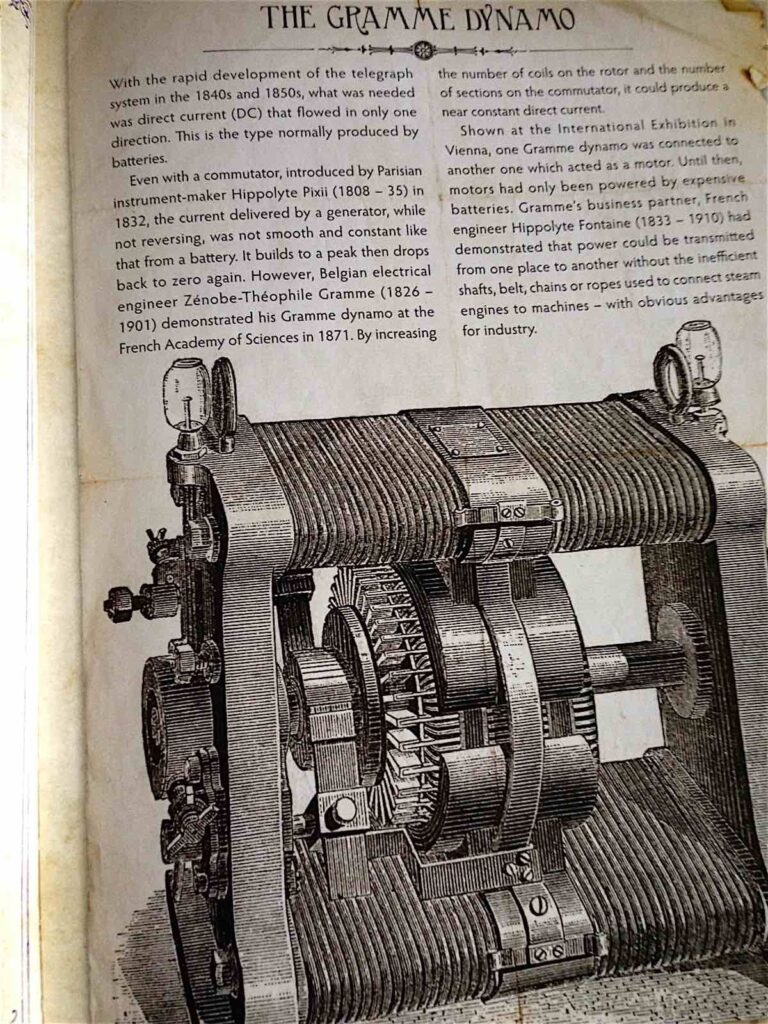Seed to Seed

How to grow your own seed
You don’t have to buy seed. You can take seed from your own plants and sow them later. By going “seed to seed” you can selectively breed new varieties of favorite plants, or custom tailor plants to your local micro-climate. At the very least I’ve found it incredibly satisfying to use my own seed, even for a few plants. You realize, oh, these are self-replicating goods! And you can share rare or exotic heritage varieties not for sale kept by other seed savers. Since garden plants are optimized to produce edibles or flowers, rather than seed, getting good seed can be tricky. This book is the bible for a network of folks around the world — the Seed Savers Exchange — providing tips and methods on how to raise, save, and germinate seed, plant by plant. — KK
EXCERPTS:
The basic general rule is that seed should be saved from 20 inbreeding plants or 100 outbreeding plants.
Always attempt to grow as many plants as possible in the space available in your garden, and that will usually yield an adequate range of genetic diversity for your particular gardening situation. This technique has worked well for gardeners throughout the last 12,000 years, creating the amazingly diverse richness of the world’s food crops.
*
Small-scale seed savers should also rogue their plants, being sure to plant large enough populations so that roguing is meaningful and doesn’t lead to inbreeding. Garden plants undergo almost daily inspection during watering, weeding and picking. Off-type plants are easy to spot within a population, and their removal helps eliminate the effects of any slight crossing that may have occurred during a previous generation or any accidental mixing of home-saved seeds.
For many gardeners, who often are concerned with food production and seed saving simultaneously, roguing is a hard thing to do. Letting an off-type plant remain in the garden is fine, if the plant is harvested for food before it flowers.
*
Vegetable seeds are at their peak when they reach maximum dry weight on the mother plant. Vigor is the seed’s ability to germinate rapidly with good disease resistance. Home-saved seeds will retain maximum vigor when thoroughly dried and stored in a moisture-proof container. The most vigorous seeds at harvest time will keep the longest in storage. The two greatest enemies of stored seeds are high temperature and high moisture. Seeds that are stored at fluctuating temperature and moisture levels will quickly lose their ability to germinate. As a rule of thumb, the sum of the temperature (degrees F.) and relative humidity should not exceed 100. In actuality, humidity is probably more important than temperature, because it allows for the growth of microorganisms that degrade seed quality.
*
Pollen-covered anthers of the petal-less male flower are used as a brush to transfer pollen onto the stigma of the female flower.
03/5/13Seed to Seed Suzanne Ashworth 2002, 228 pages $16























